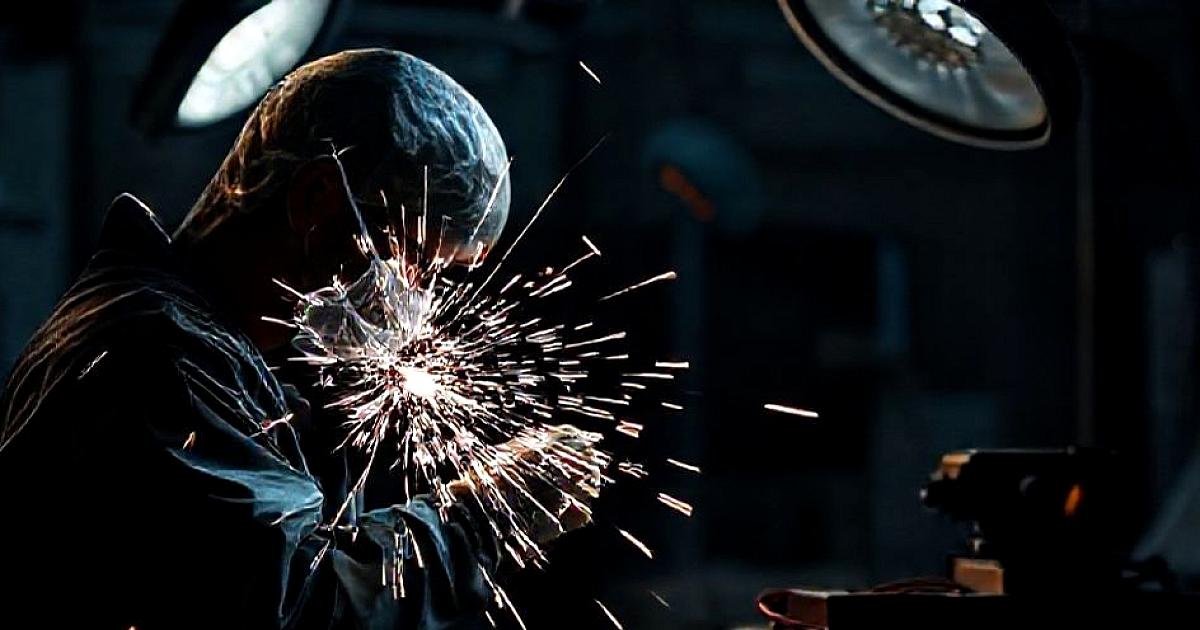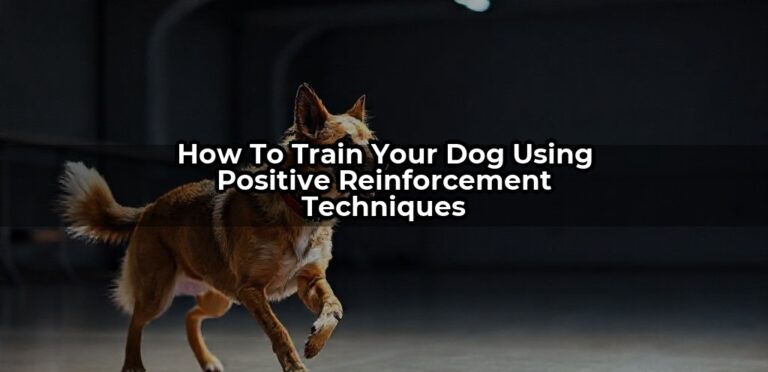Step-by-Step Guide to Housebreaking Your Puppy Successfully
Imagine bringing home a tiny ball of fur, eyes mischief, tail wagging like a flag in a hurricane. I’ve been there. That first week? It’s chaos. Every hour feels like a gamble—will this be the moment my new pup marks the carpet? Or will I wake up to a mini disaster zone? Turns out, housebreaking isn’t just about controlling accidents; it’s about building trust, establishing routines, and understanding your pup’s unique signals. And let me tell you—there’s a method to the madness that can make this process smoother than you ever expected.
Identifying the Root of Housebreaking Challenges
Why Puppies Accident Indoors
Here’s the thing: puppies have tiny bladders and limited control. For many, the urge to go happens every 1-2 hours. They’re also figuring out what “inside” means versus “outside,” and their instincts tell them to go where they play—sometimes right by their favorite toy. Plus, if they’re not guided properly, they might think accidents are acceptable, which reinforces the wrong habits.
Common Mistakes New Owners Make
- Waiting too long to introduce potty outside
- Inconsistent schedule—sometimes you take pup out, sometimes you forget
- Punishing accidents instead of understanding signals
- Failing to supervise or confine properly
And trust me, these slip-ups can set back progress since puppies are quick learners but also masters at testing boundaries.
Step 1: Create a Rock-Solid Routine
Why Routine Wins
Dogs thrive on predictability. When they know exactly when to go out, accidents drop dramatically. My experience with a stubborn terrier was that once I nailed down a schedule and stuck to it like a ritual, his accidents became rare surprises instead of daily surprises.
Establishing Your Schedule
- First thing in the morning: Head straight outside—no excuses
- After naps, meals, and play sessions: Always take the pup out within 10-15 minutes
- Last thing at night: Walk, then bed

that once I nailed down a schedule and stuck to it like a ritual, his accidents…
Pro tip: Use a timer until it becomes instinct. Consistency beats motivation here. Your puppy will adjust faster than you think, especially if you stick with it even on tough days.
Tips for Sustaining Routine Success
- Keep a dedicated spot outside for potty—dogs love consistency
- Record your schedule for a week, then stick to it tightly
- Reward immediately, using praise or treats—more on that in a sec
Step 2: Teaching Choice and Signal Recognition
Reading Your Puppy’s Signals
Every puppy has a tell. For mine, it was a sniff, a circle, or a sudden quietness. Usually, they give subtle hints before they need to go—if you’re paying attention. My first week, I missed them all, but after a few days, those signals became clear. Once I responded quickly to these cues, accidents inside decreased drastically.
Encouraging Communication
What if your pup starts going to the door or nudging you? That’s a sign they’re ready to go. Teach this as a “go-out” cue—every time they do it, escort them outside immediately. Consistent reinforcement turns their signals into a language you both understand.
Tips for Signal Reinforcement
- Use a specific word—like “outside”—every time you head out
- Reward with praise and a treat when they signal correctly or go outside
- Ignore accidents, but acknowledge and reward signals
Step 3: How and When to Use Crate Training
Why Crates Are Game Changers
When I adopted my first puppy, I was wary of crates. Turns out, they’re genius. Think of a crate as a cozy den—safe, familiar, and a natural barrier against mischief. Crates limit your puppy’s access when you can’t supervise, preventing accidents and teaching bladder control.
Crate Setup Tips
- Make it inviting: place a soft blanket, a toy, and keep it near you
- Introduce the crate gradually, using tasty treats and praise
- Never use it as punishment; it should be a positive space
Effective Crate Training Approach
- Start with short periods—5-10 minutes—and bring the pup out to potty immediately after
- Increase crate time gradually as they get used to it
- Watch their behavior: if they whine or bark, determine if it’s boredom, discomfort, or needing to go outside
Crate Tips for Success
- Don’t leave your pup in the crate longer than their age in months allows—generally, a puppy can hold it for about 1 hour per month of age
- Use the crate consistently—never leave it empty for long stretches without training or supervision
- Stop crate time if you notice stress signs—over time, it becomes a safe haven
Step 4: Effective Reinforcement Techniques
The Power of Praise and Rewards
This is not about bribery; it’s about creating positive associations. When I successfully got my puppy to pee outside, I used high-energy praise and a treat immediately. That moment turned into a powerful motivator—soon, he’d run to the door before I even said anything.
Choosing the Right Rewards
- Favorites—small pieces of chicken, cheese, or special treats
- Verbal praise—be enthusiastic and specific: “Good job going outside!”
- Physical affection—petting or a favorite play session
Consistency Is Key
Every time your pup complies, reinforce immediately. The longer you wait, the fuzzier the connection. Over time, your pup will start choosing outside over accidents naturally.
Step 5: Dealing with Accidents—Why Patience Matters
Handling Indoor Incidents Calmly
Even the best trainers deal with mistakes. When accidents happen, I found scolding or punishment only created confusion and fear. Instead, calmly clean up, rinse, and start over. Marking certain habits—like waiting a few seconds before praising—makes a big difference.
Preventive Actions Instead of Punishment
- Supervise vigilantly—keep your pup within sight
- Limit access to dangerous or tempting areas
- Use baby gates or playpens to contain them when unsupervised
Tips for Moving Forward
- Note patterns—what times are accidents more likely?
- Adjust your schedule if needed—more frequent trips at certain times can prevent setbacks
- Reward every success, big or small, to boost your puppy’s confidence
By sticking to these principles, housebreaking begins to feel less like a guessing game and more like a predictable process. It’s about patience, consistency, and building a bond where your pup understands your cues. I found that the clearer my signals and expectations, the faster my puppy learned. Now, onto refining these steps and tackling some common hurdles in part two—because every journey has its twists, and I’ve got plenty of stories to share about those, too.
Perfecting the Routine: How Consistency Turns the Corner
By now, you’ve seen how establishing a reliable routine accelerates your puppy’s learning curve. But let’s get into the nitty-gritty—why consistency in timing, signals, and environment makes or breaks your housebreaking success. Your puppy thrives on predictability, and that predictability fuels their understanding of where and when to go.

After section: Perfecting the Routine: How Consistency Turns the Corner
Think about it. When you feed your puppy at roughly the same times each day, you’re setting a clear cue that mealtimes are coming. Their digestive system aligns with that schedule, and soon enough, they begin associating signals like the sound of your breakfast bowl or your personal routine with relief moments. It’s not magic—it’s pattern recognition, and it works wonders.
One pro tip: keep a training journal. Document feeding times, potty breaks, play sessions, and naps. Over a week, you’ll notice patterns. Maybe your pup always needs the outdoor potty break 15 minutes after eating? Great—use that. If accidents spike during certain times—say, after a late-night walk—pinpoint those times and adjust accordingly.
Consistency also extends to your language and signals. Use the same verbal cues—“Go potty,” “Use your spot,” or whatever feels natural—and be firm but gentle. The tone you use teaches your pup to associate words with processes. When they go outside, praise lavishly. When they have an accident inside, keep calm and clean without fuss.
The Power of Visual Cues and Boundaries
Many experienced trainers swear by visual cues—like a specific rug or mat—serving as a dedicated potty zone. When your pup sees that spot, they get a mental map. Over time, they realize that’s the go-to place rather than anywhere else. A consistent environment minimizes confusion.
Boundaries matter too. Retractable leashes, baby gates, or playpens can be game-changers. When you can’t supervise directly, these tools prevent accidental indoor outings. Think of them as your puppy’s safety rails, keeping them within sight and under control during the learning phase. Plus, it’s easier to catch subtle cues—sniffing, circling, squatting—before an accident happens.
Advanced Tips: Harnessing the Power of Crate Training
Crate training leverages a pup’s natural instinct to keep their space clean. Ideally, the crate should be just big enough for them to turn around comfortably—no more. Use it during naps, bedtime, and when unsupervised. When your pup is in the crate, they’re less likely to eliminate, and it builds that internal boundary between ‘inside’ and ‘outside’.
Consistency is key to converting the crate into a positive, safe space. Feed meals inside, make it cozy with bedding, and never use it as punishment. When you catch your pup in the act of going indoors, calmly interrupt, take them outside immediately, and praise when they finish in the right spot. Patience pays off—if they have an accident in the crate, it emphasizes the importance of timing.
Addressing Regression and Challenges

and revisit crate or confinement routines. Keep a calm, steady approach—ridicu…
Even experienced trainers encounter setbacks. Maybe your pup had a few perfect days, then suddenly regressed. That’s normal. Sometimes, change in routine, stress (like moving or new people), or illness can cause temporary setbacks. The key is to adapt and stay patient.
If setbacks are persistent, re-evaluate your schedule, increase supervision, and revisit crate or confinement routines. Keep a calm, steady approach—ridiculing or scolding can cause anxiety, which often worsens the problem. Remember, your pup is learning, and patience isn’t just a virtue—it’s your best tool.
Dealing with Subtle Signals and Emergency Situations
Some pups are masters of subtlety—sniffing, circling, or even quietly squatting without making a fuss. Spotting these signs early is crucial. If you notice your pup sniffing a particular spot or looking agitated, take them outside immediately. Lingering time indoors makes accidents more likely and can confuse your pet about where they’re supposed to go.
What about emergencies? If, say, you’re caught unexpectedly, don’t panic. Gently interrupt, calmly take your pup outside, and praise them for going in the right spot—no matter how long they’ve been inside. Remember, positive reinforcement works best when it’s immediate and sincere.
Case Study: Turning a Challenging Pup’s Housebreaking Around
Meet Bella, a lively cocker spaniel who hated outdoor potty breaks. She would hold it all day, then insist on going inside in the middle of the night. Her owner struggled, trying everything from punitive measures to ignoring the problem. It wasn’t working.
What changed? Consistency in paring feeding times with scheduled outdoor trips, plus a dedicated potty spot marked with a distinctive mat in the backyard. They used verbal cues, like “Let’s go pee!” with enthusiasm. Bella’s owner also started to supervise her more meticulously and used a crate when unsupervised.
Within a few weeks, Bella’s outings became a routine. She started to recognize the cues, and her accidents decreased significantly. The key was patience, a predictable schedule, and celebrating small victories—a full bladder outside is a win, even if it took a while.
Conclusion: Taking Your Housebreaking Journey to the Next Level
Housebreaking your puppy isn’t about perfection—it’s about progress and consistency. Building predictable routines, using clear signals, and creating a safe environment help your pup understand what’s expected. Remember: accidents happen; what separates success from frustration is your response. Staying calm, patient, and persistent turns setbacks into stepping stones.
Are you ready to refine your approach? Create a checklist tailored to your daily rhythm. Map out key times, designate a specific potty area, and set reminders for upcoming trips. Watch for patterns—what works, what doesn’t—and adapt accordingly. Your effort will culminate in a clean, confident pup, ready to embrace life outside their crate and inside your home.
If you’re feeling stuck, consider reaching out to a professional trainer who can offer personalized guidance. Sometimes, a few expert tips make all the difference. And finally, celebrate each small victory. Housebreaking isn’t just a chore—it’s a bonding experience and a milestone in your puppy’s development.





